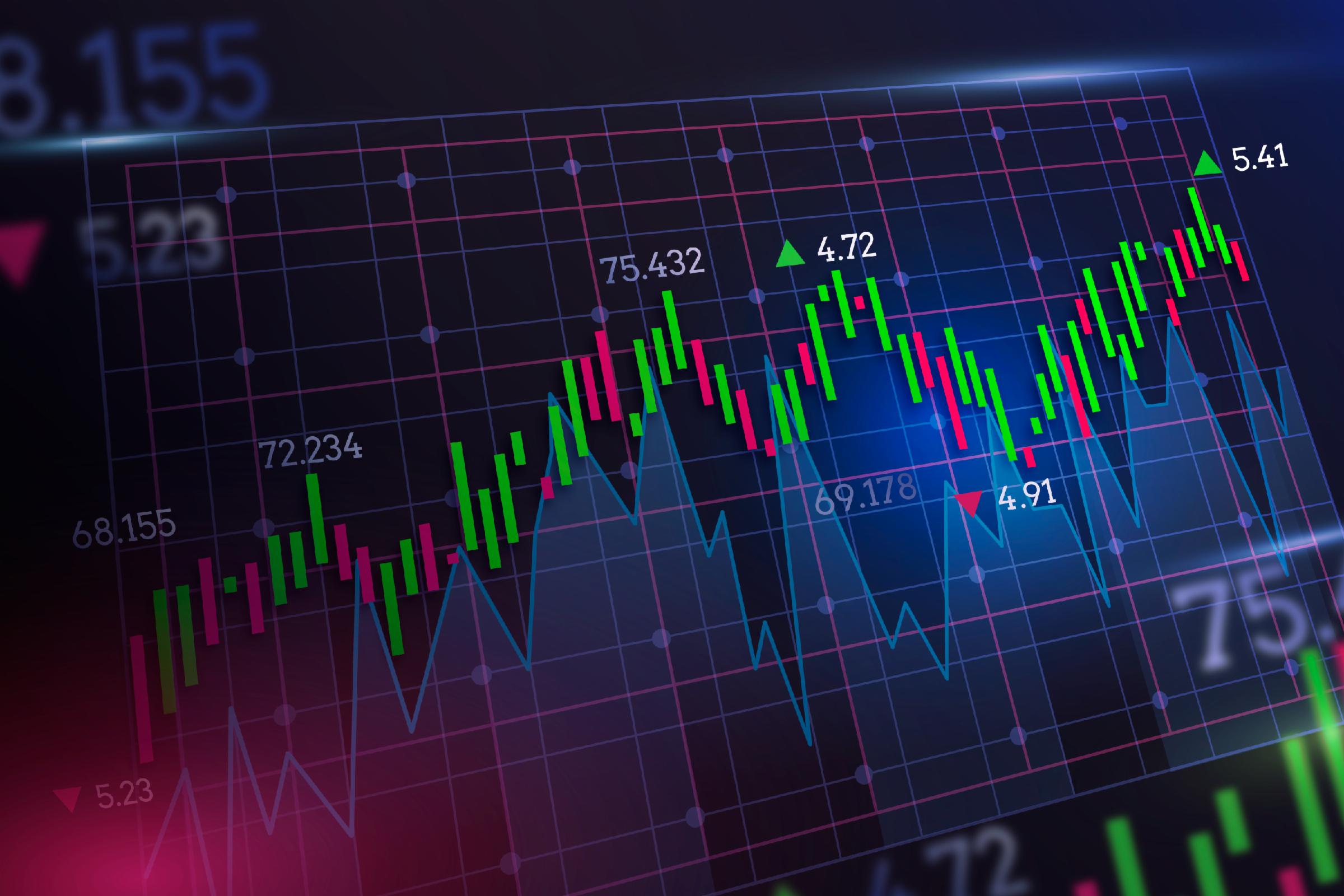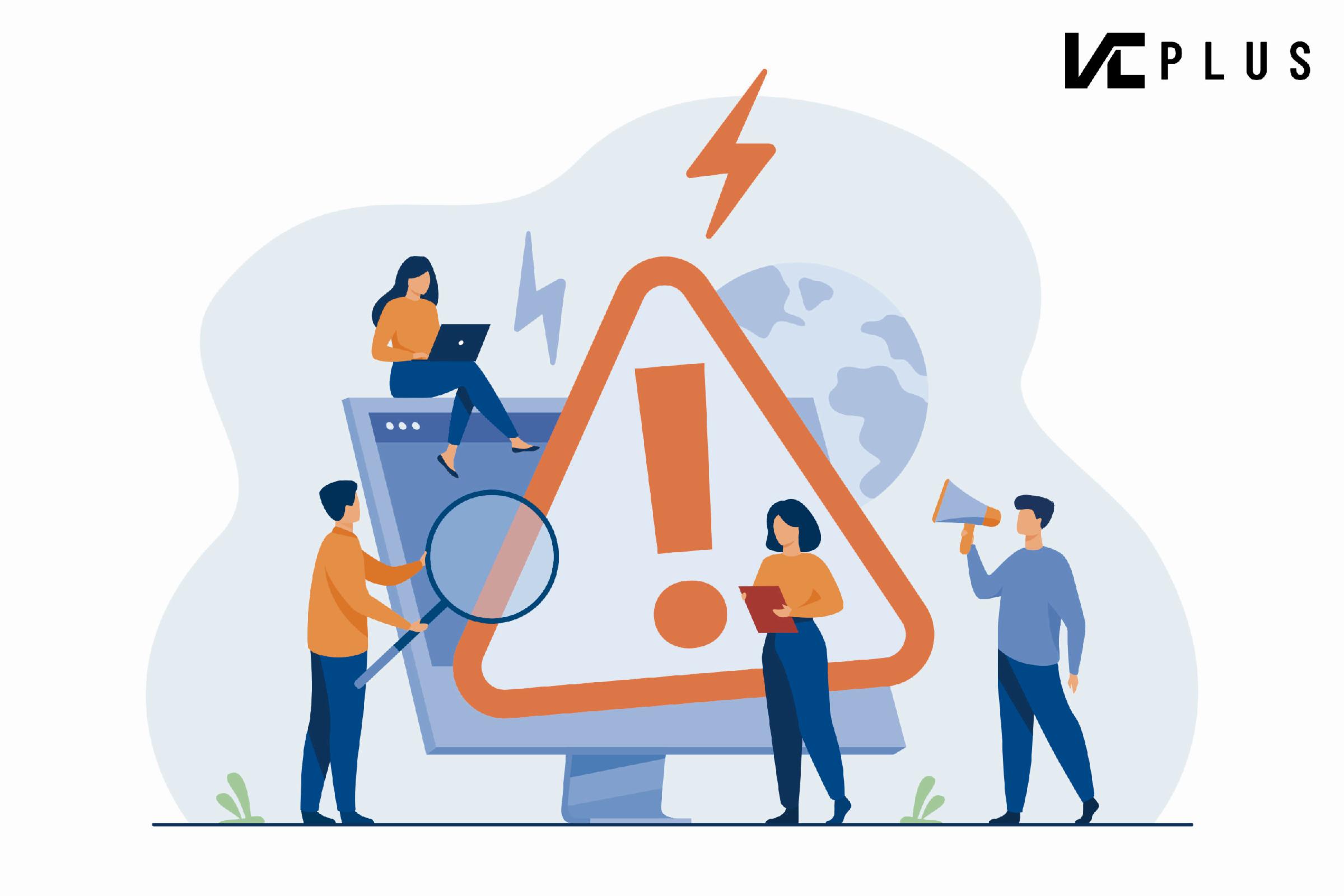VC Plus - A Guide to Placing Pending Orders!
vcplus
Publish date: Wed, 14 Jun 2023, 11:18 AM
What is a pending order?
A pending order is when a trader sets an order based on different conditions and personal requirements before placing it. When these orders reach the execution price, the system automatically executes the take profit or stop loss to close the position.
There are several advantages of using pending orders for traders. Firstly, trading products such as foreign exchange, indices, and commodities tend to have significant fluctuations. With the ability to place pending orders, traders can predefine their trading plans and let the system execute them automatically, reducing the need to constantly monitor the current prices. Secondly, in futures trading, which involves high frequency and large volumes, pending orders help traders avoid situations where they are unable to sell their positions in time. Since all the requirements are set before placing the order, once the execution price is reached, the system will automatically execute the order, saving the trader from the hassle of manually closing positions.
Type of pending order
Since there are six types of pending orders, it can easily discourage beginners from using this feature. However, once you learn how to use pending orders, your trading will become more skillful. The reason why it becomes more skillful is simple: using tools naturally helps to achieve more with less effort.
Here, we will introduce these six types of pending orders in the simplest way possible. They are:
- Buy Limit
- Buy Stop
- Sell Limit
- Sell Stop
- Buy Stop Limit
- Sell Stop limit
Buy Limit
A Buy Limit order is placed below the current market price. This type of pending order is used when you anticipate a price rebound when it reaches a support level. Therefore, you place a Buy Limit order at the support level to profit from the price increase after the rebound.
**Principle: Anticipating the support level, positioning a long position at the support point, and profiting from the price difference after the rebound.
Buy Stop
A Buy Limit order must be placed above the current market price. This type of pending order is used when you anticipate a price rebound after it breaks through a resistance level. Therefore, you place a Buy Limit order above the resistance level to chase the upward trend and profit from the price increase.
**Principle: Anticipating the resistance level, positioning a long position at the resistance point, and profiting from the upward trend.
Sell Limit
A Sell Limit order must be placed above the current market price. This type of pending order is used when you anticipate a price decline after it reaches a resistance level. Therefore, you place a Sell Limit order above the resistance level to profit from the price decrease caused by the subsequent fall.
**Principle: Anticipating the resistance level, positioning a short position at the resistance point, and profiting from the price difference during the subsequent fall.
Sell Stop
A Sell Limit order must be placed below the current market price. This type of pending order is used when you anticipate a further price decline after it breaks below a support level. Therefore, you place a Sell Limit order below the support level to profit from the downward trend caused by the subsequent fall.
**Principle: Anticipating the support level, positioning a short position at the support point, and profiting from the downward trend.
Buy Stop Limit
A Buy Stop Limit order must be placed above the current market price. This type of pending order combines the strategies of Buy Limit and Buy Stop. The principle is when the price surges upward, and you anticipate that it will experience a pullback to a support level before resuming its upward movement.
**Principle: Anticipating a price wave, positioning at a support level during an upward trend, and taking advantage of the pullback to continue the upward movement.
Sell Stop limit
A Sell Stop Limit order must be placed below the current market price. This type of pending order combines the strategies of Sell Limit and Sell Stop. The principle is when the price is declining, and you anticipate that it will experience a bounce to a resistance level before undergoing a pullback and continuing its downward movement.
**Principle: Anticipating a price wave, positioning at a resistance level during a downward trend, and taking advantage of the bounce to continue the downward movement after the pullback.
In summary, the six types of pending orders mentioned above need to be adjusted according to different scenarios. Traders must predict the market trend and utilize the appropriate pending order types for their operations.
Now that you understand the principles, it's time to move on to the practical part. Quickly register a demo account on VCPlus to practice placing pending orders. This way, you can fully master the techniques of these six types of pending orders.
In the next article, we will directly use the pending order settings on VCPlus to demonstrate and explain the process.
Would you like to read the Mandarin version? Click here.
More articles on VC Education Series
Created by vcplus | Nov 23, 2023





















